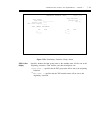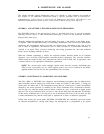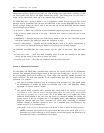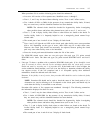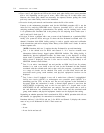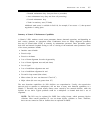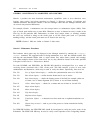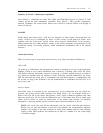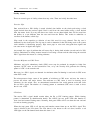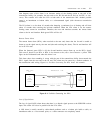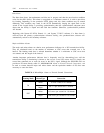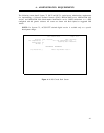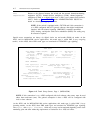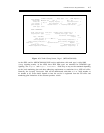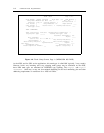
MAINTENANCE AND ALARMS
8-7
Summary of Generic 1 Maintenance Capabilities
Since Generic 1 implements the same DS1, DMI, and ISDN-PRI protocols as Generic 2, both
switches provide the same maintenance capabilities. Since Generic 1 DS1s provide conprehensive
detection capabilities, the switch usually detects errors caused by network facilities even though an
alarm will not trip.
ALARMS
Unlike analog port circuit packs, a DS1 has two categories of alarm signals: circuit-pack-level and
facility. Service may be interrupted by either of these alarms. Circuit-pack-level alarms show
problems with the circuit pack. Facility alarms show incorrect administration of the interface,
cabling between the two switch interfaces, failures in the facility equipment, and performance of the
transmission facility. (For facility problems, AT&T maintenance responsibility ends at the network
interface.)
Circuit Pack Alarms
There are several types of circuit pack alarms that may arise. These are briefly described next.
Yellow LED
On power-up or initialization, the microprocessor executes a thorough set of tests on the circuit-pack
hardware. Failure of any of these initialization tests is shown by a flashing yellow LED. The yellow
LED flashes following initialization because of power-up or software requests but does not flash if
any failures are detected while the interface is online. Following successful initialization, the yellow
LED not flash until the circuit pack is administered and until the D-channel is communicating with
the far end. As long as the D-channel is up and communication is established, the LED stays on to
show a busy state.
Interface Health
The health alarm is controlled by the microprocessor. If any background tests fail (which the
processor runs during normal online operation), the health alarm is set. An example would be a
failure of the tests run on the circuits that generate a DS1’s signal. If hardware problems exist, then
either the circuit pack will fail power-up initialization tests or the health alarm will be raised again
within several seconds of power-up initialization. If the health alarm remains off following
initialization, a transient problem may be assumed to have caused the health bit to be set.
NOTE: The circuit pack may fail the initialization tests for reasons other than bad hardware.
Known cases are port data interface or port data store problems and synchronization subsystem
problems. An example of the latter would be an online clock reference that has been externally
looped to itself. These problems are evidenced by all DS1s in a module or in the system failing
to initialize properly.



